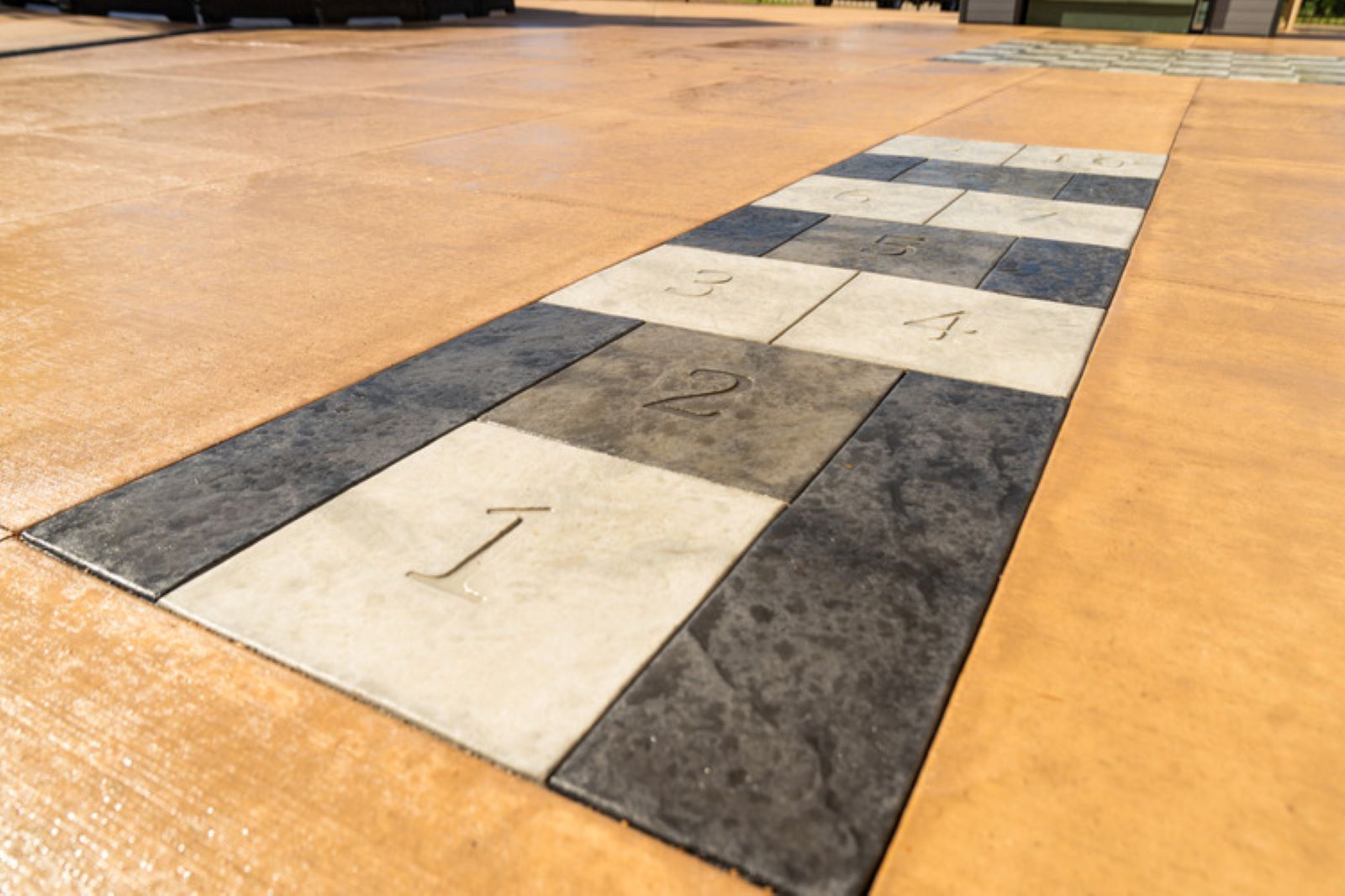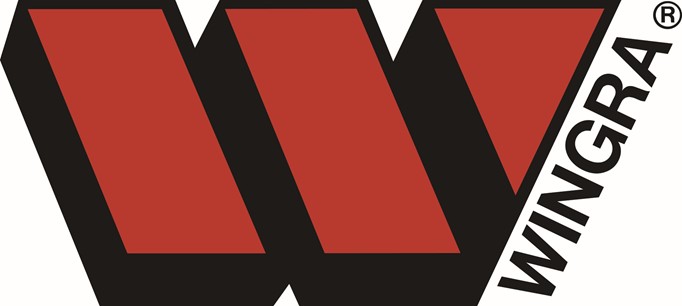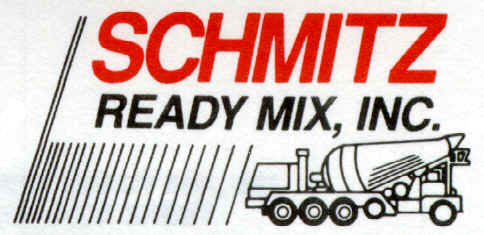Think Christmas cookies! If one thinks of a concrete slab, still in its plastic state like cookie dough rolled out and ready to cut, it is easy to understand how skilled contractors stamp concrete.
There are three basic types of systems:
- The Roller System works very similar to a rolling pin imprinted with a pattern that is rolled across the concrete.
- Plastic Forms can also be pressed into the concrete which cut outlines similar to brick and cobblestone patterns.
- The Stamping Mat Forms, gaining quickly in popularity, not only imprint the outline of the patterns but also provide the texture and "imperfections" to the surface of the concrete, creating a very realistic surface that can imitate slate, stone, wood, and a myriad of other surfaces.
When the stamping mats are used to create the impression, a release agent is used to prevent the concrete from sticking to the stamp (like flour with a cookie cutter). In addition to its practical use, the release agent can also be colored. This will color the impressions and "imperfections" of the design, adding depth and character to the final project. This is frequently how the "grout" color is added on a cobblestone pattern.
Traditional concrete is a wonderful investment for any application. But a colored and stamped driveway, patio, deck, sidewalk, porch, floor, or countertop may provide that elegant, dramatic look to your facility.

Consider these attributes of decorative concrete:
Aesthetics
The beauty of concrete, whether it is a patio, sidewalk, driveway, or floor, is immeasurable. Each creation is uniquely made and appears to be a work of art.
Cost Comparative
Stained floors are comparative in cost to tile or wood.
Long Life
Concrete is a durable product and requires little maintenance.
Safe
Concrete doesn't mold or breakdown like some materials, which makes it a great alternative for those who suffer from allergies.
There are 2 primary ways to color concrete:
- The Integral Method mixes the coloring agent throughout all of the concrete, usually in the ready-mix truck. Generally, the integral method is best for colors that are more muted in nature. Just like adding food coloring to the dough, the effect can be dramatic, but it is difficult to get the more vibrant colors.
- The Dry Shake-On Method applies the color after the concrete is placed, but before it is stamped. The coloring agent is troweled into the surface, and usually colors the top ¼ inch of the slab. These colors tend to be more vibrant than the integral method, similar to sprinkling colored sugar on your favorite cut-out cookies. In addition, since the dry shake-on method usually contains additional cement, this coloring system helps create a very durable and strong surface.





